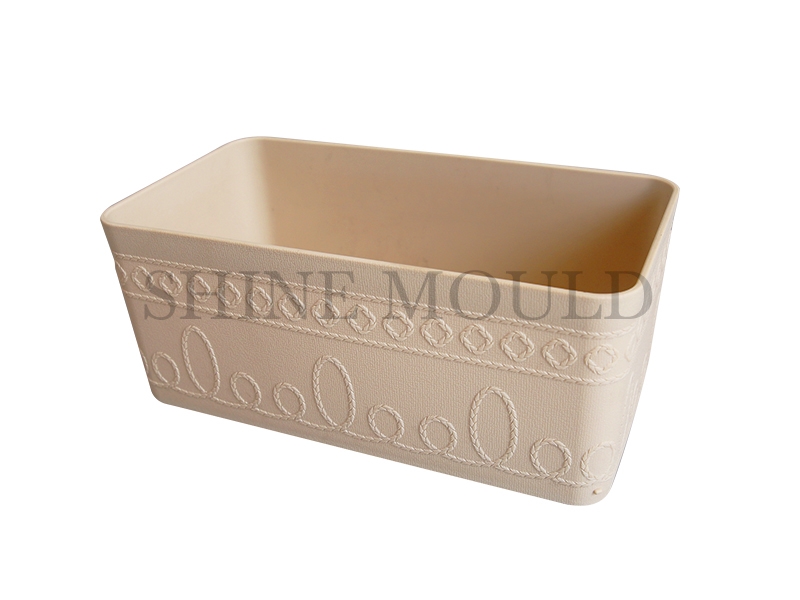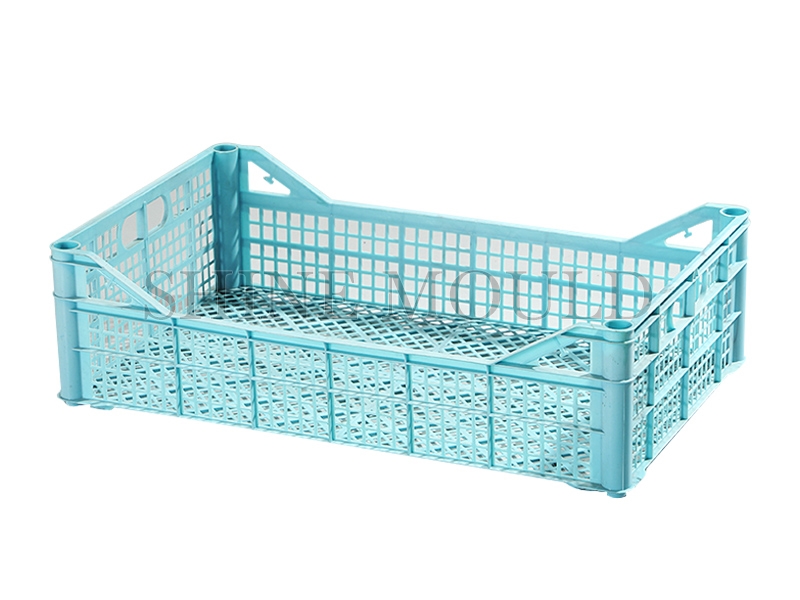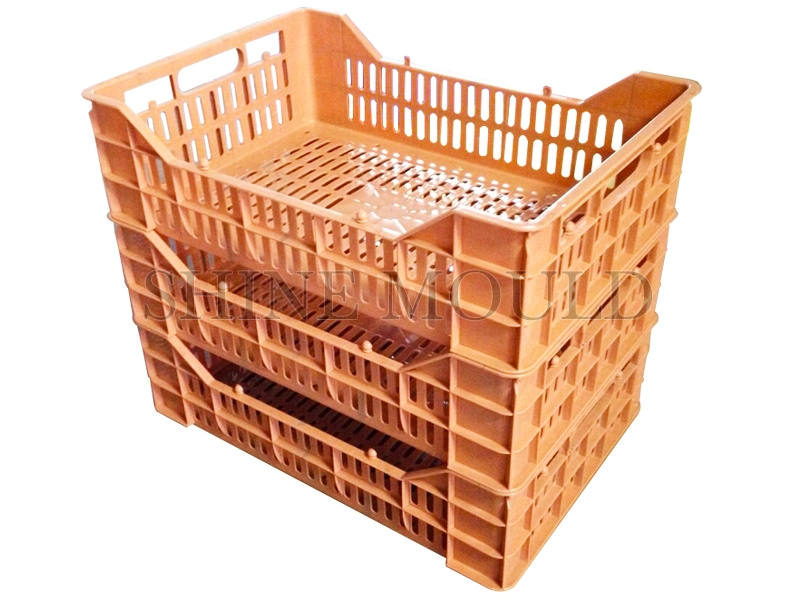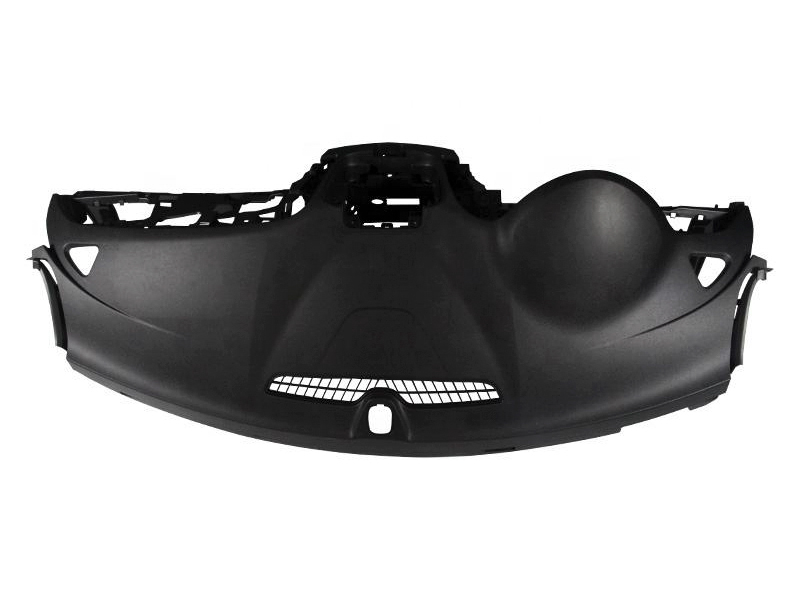The Eco-Friendly Revolution of Crate Moulding
Crate moulding, the process of creating plastic or composite crates, has undergone a remarkable transformation in recent years, driven by the global shift towards sustainability and environmental responsibility. As the world grapples with environmental concerns and strives to reduce waste, crate moulding is at the forefront of the eco-friendly revolution. In this article, we will explore how crate moulding has evolved to become a sustainable and environmentally responsible practice.
One of the key elements of the eco-friendly revolution in crate moulding is the increasing use of recycled materials. Manufacturers are now using post-consumer or post-industrial recycled plastics and other materials in the moulding process. This approach reduces the demand for new resources, conserving energy and raw materials while diverting waste from landfills.
Crate moulding is becoming increasingly efficient in terms of material usage. Modern moulding techniques are designed to minimize material waste during production. The precise control over material distribution and the optimization of the moulding process contribute to reducing the amount of excess material, further promoting sustainability.
Eco-friendly crate designs focus on creating lightweight yet durable crates. The lightweight nature of these crates reduces transportation costs, conserves fuel, and minimizes emissions. This design philosophy aligns with global efforts to reduce the carbon footprint of logistics and distribution while ensuring durability to reduce the need for frequent replacements.
Eco-friendly crate moulding places a strong emphasis on creating reusable crates. Reusable crates are a sustainable alternative to single-use packaging. They not only reduce the cost of packaging but also minimize waste generated during the production and disposal of crates, contributing to a circular economy.
Efficient use of space is crucial in logistics and storage. Eco-friendly crate designs prioritize stackability and nesting capabilities. This feature ensures that empty crates take up less space during storage or return transport, reducing the need for additional storage space and cutting down on transportation costs and emissions.
Modern crate moulding allows for customization that can help optimize the packing of goods. Customized crates can be tailored to the size and shape of the products they are meant to contain. This reduces the need for additional packaging materials and ensures efficient utilization of storage and transportation space.
Manufacturers are adopting more sustainable manufacturing processes for crate moulding. These processes aim to minimize energy consumption and reduce the carbon footprint of production. Sustainable practices can include energy-efficient machinery, the use of renewable energy sources, and water recycling.
Crate moulding is also embracing eco-friendly coatings and additives. These coatings can enhance the durability and lifespan of crates, reducing the need for replacements. Moreover, environmentally responsible additives can be used to improve material properties, making the crates more sustainable.
Crate moulding has taken significant strides towards an eco-friendly revolution, aligning with global sustainability efforts and addressing environmental concerns. The shift towards recycled materials, reduced waste, lightweight and durable designs, reusability, stackability, nesting, customization for efficient packing, sustainable manufacturing processes, and the use of eco-friendly coatings and additives has transformed crate moulding into a more environmentally responsible practice.
As the world continues to prioritize sustainability and strives to reduce its ecological footprint, the eco-friendly revolution in crate moulding plays a crucial role in contributing to a cleaner, more efficient, and more sustainable supply chain and logistics industry. Crate moulding not only impacts the environment but also offers cost-effective and efficient solutions that benefit businesses, consumers, and the planet as a whole. This revolution is not only a testament to the industry's commitment to change but also a response to the global call for greener, more responsible practices.




 Search...
Search... English
English





-1.jpg)
.jpg)
